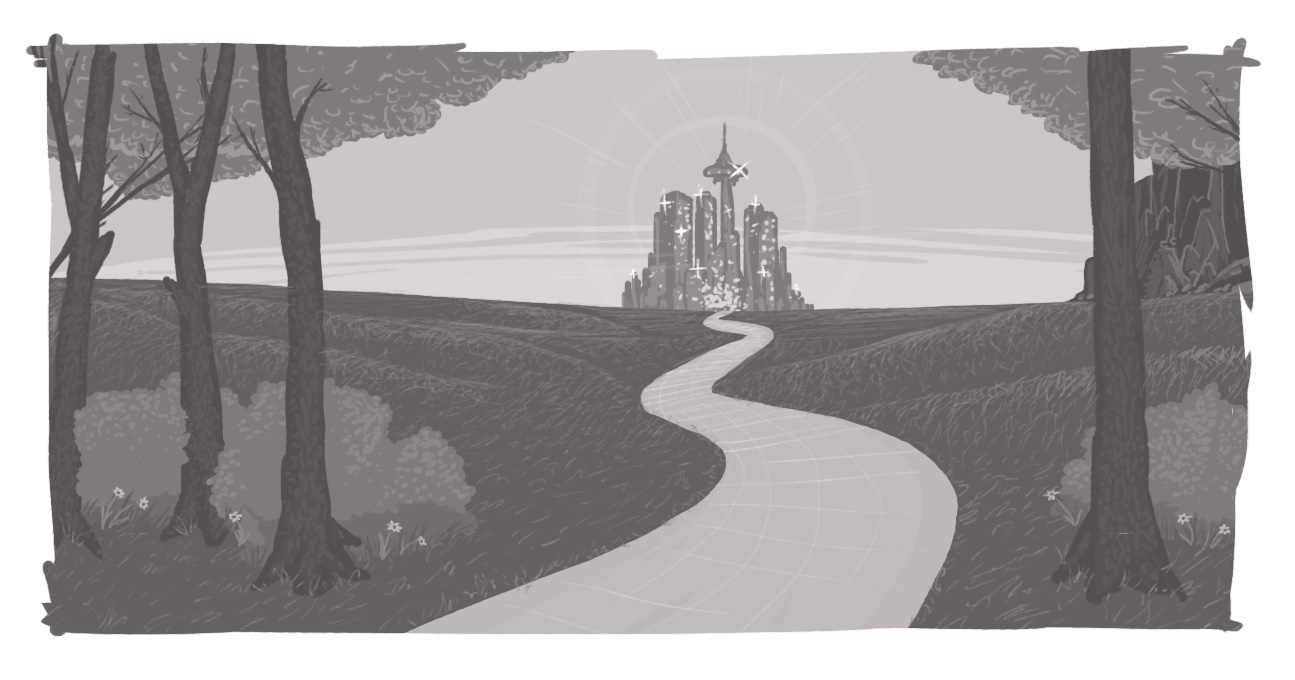Removing Accessibility Barriers to Promote Independence and Inclusion

"The barriers I face as a blind person can be eliminated by changes to the environment." Those were the words of Jim Sanders, former CNIB president and chief executive officer, at last week's Accessibility Forum, presented by the Accessibility Directorate of Ontario. When it comes to accessibility, we have the tools and the opportunity to do away with these barriers -- now it's just upon us to have the will.
I attended the forum last week and will have the honour of being an AODA panellist tomorrow at the University of Toronto's TechKnowFile 2017 event. What's exciting is that we've, in general, moved into a very positive space in the accessibility sphere: the upcoming generation doesn't see anything odd about inclusion -- it's expected.
Now, we just need to continue to deliver.
Obviously, there are people with concerns. When we talk accessibility -- and Ontario's goal of being a fully accessible province by 2025 -- that comes with a price tag. And that can often scare people away.
But we've been here before. As Sanders explained, in the 1970s curb cuts for wheelchair access were a new thing. People were concerned about the costs, but look where we are now. Curb cuts are almost ubiquitous. It's hard to imagine a world without them. And, most importantly, if they were removed, those who require a wheelchair would have significant reductions in independent access to the community.
And that's what we're striving for: independent access. People with disabilities shouldn't have to rely upon others to access this information. Yes, a blind person could have a sighted person read something to them, but that's hardly independent. We have the capability of making a society wherein everyone can fully participate -- how we interact may differ, but the base goal is the same.
"The only difference between a blind and sighted person is the manner in which we send and receive some types of information," Sanders said.
The information is what matters. And ensuring that everyone has equal access to it, in the way that best suits them, isn't just about being fair -- it's about being smart. You want your message to get to as many potential readers as possible.
We live in a time of technology where opportunities abound. Sanders described the advent of the digital age equivalent to the Gutenberg Press. "Computers have made the exchange of information for everyone generally faster and more efficient," Sanders said. "For those of us who are blind, computers have made that exchange possible."
Sanders concluded with the statement that one of the greatest barriers blind people face is the attitudes held by others towards those who are blind.
It is, in fact, society's collective lack of vision that is the challenge.
Historically, there have been systemic barriers put in place and it's up to all of us to work to remove them. Inclusion isn't selective; inclusion shouldn't be about having to measure up to a certain standard or have a certain requirement to participate.
We have made strides. AODA is a start, though time is running out to hit our goals. There are still gaps (namely in the lack of an education standard). Our built environment is getting better, but there are still barriers for a number of people who may have mobility issues or visual impairment. Public transportation available to those with disabilities is woefully inferior to what's available to society at large.
The standard that governs the use of outdoor space, at the fundamental level, was designed to be a way to ensure that everyone had equal access to the parks and equipment, a representative from the ADO stated. But in reality, it became so much more. Those outdoor spaces -- the parks, the playgrounds, the sporting arenas and fields -- those are the locations where we gather as a community, where we celebrate our culture and our people. That's where social inclusion happens and keeping barriers up means we continue to keep a certain segment of our society out.
It's about independence and inclusion. That starts with awareness and can only succeed with action.
If you're at the TechKnowFile event tomorrow, I hope to see you there. And I encourage you to reach out and share what you're doing to promote accessibility in your community.
What is accessibility
When will Ontario be fully accessible?
SUBSCRIBE TO OUR E-NEWSLETTER
 Subscribe
Subscribe


